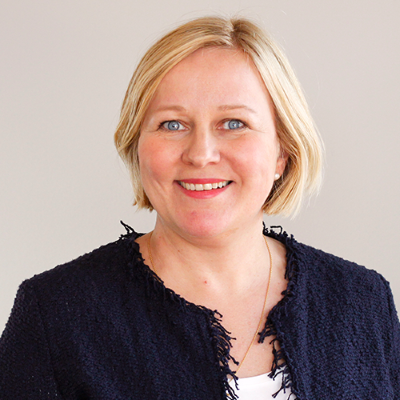The sentiment indicators for the manufacturing sector have been weaker, especially in Europe. Germany stands out, with German manufacturing burdened by a weak car industry. The automotive industry in Germany is in a transition phase where production must adjust to stricter emissions standards. Furthermore, global car demand has fallen, especially due to lower demand from China and India.
There are still no signs of a solution to the trade war. Despite all the noise so far we believe most of the trade war implications are ahead of us. Both higher tariff rates and more goods subject to tariffs will put a brake on growth and world trade. Moreover, uncertainty about future trade conditions could put a damper on investment appetite among companies directly or indirectly affected by the trade war.
So far, there are no signs that weakness in manufacturing has affected the labour market. Unemployment is low and households optimistic, which will be an engine for further growth in consumption This is confirmed by the Purchasing Manager Index (PMI) for the service sector, which is holding up well. The gap between the PMIs for the service sector and manufacturing is currently very wide. Future growth will be determined by whether the weak manufacturing sector eventually pulls down the labour market and service sector or whether strong households and a strong service sector will be able to boost manufacturing.
Central bank stimulus
The manufacturing weakness, trade war concerns and lower inflation expectations are worrying central banks. This has led to a complete reversal of central bank policies. In 2018, most central banks were in tightening mode, while in 2019 they have started to ease policies.
In July, the US central bank, the Federal Reserve (Fed), cut the policy rate by 25 basis points for the first time since the financial crisis. There was another 25 basis point cut at the policy meeting in September and the market expects the Fed to cut the rate by at least another 50 basis points.
The European Central Bank also cut its policy rate at the meeting in September, from -0.4% to -0.5%. Furthermore, they signalled the restart of quantitative easing (QE), relaunched only three quarters after it was halted. Although the monthly amounts of EUR 20 billion are somewhat lower than most people expected, the ECB stated that the purchases would be “open-ended” with no end date and should start as early as November.
Norway against the tide amid flight to safety
Norges Bank is more or less the only central bank still in tightening mode. Norges Bank increased its policy rate at the meeting in September, keeping the door ajar for one more hike. Another hike is contingent on international conditions and whether weaker growth abroad spreads to the Norwegian economy.
Weaker global growth prospects and falling inflation expectations led to a fall in long-term interest rates in Q3. The US 10-year yield fell by 35 basis points to 1.67% and the German 10-year bond yield was down 24 points, to -0.57%. Despite Norges Bank hiking the policy rate, Norwegian long-term interest rates fell in line with German interest rates.
Meanwhile, the uncertainty around trade policy and future growth also led to a flight to safety in currency markets. Both the Japanese yen and US dollar appreciated by about 4% versus the euro.




